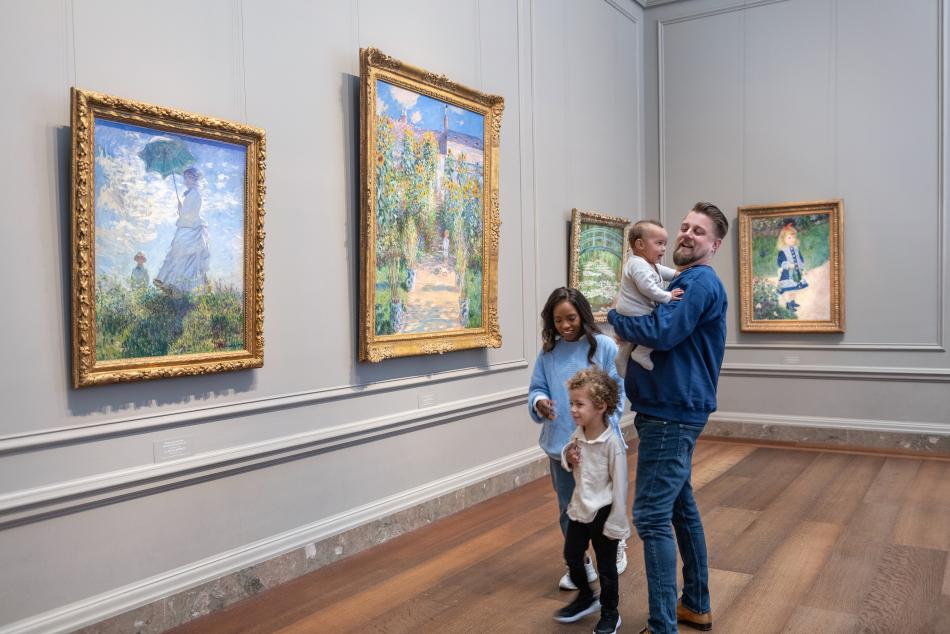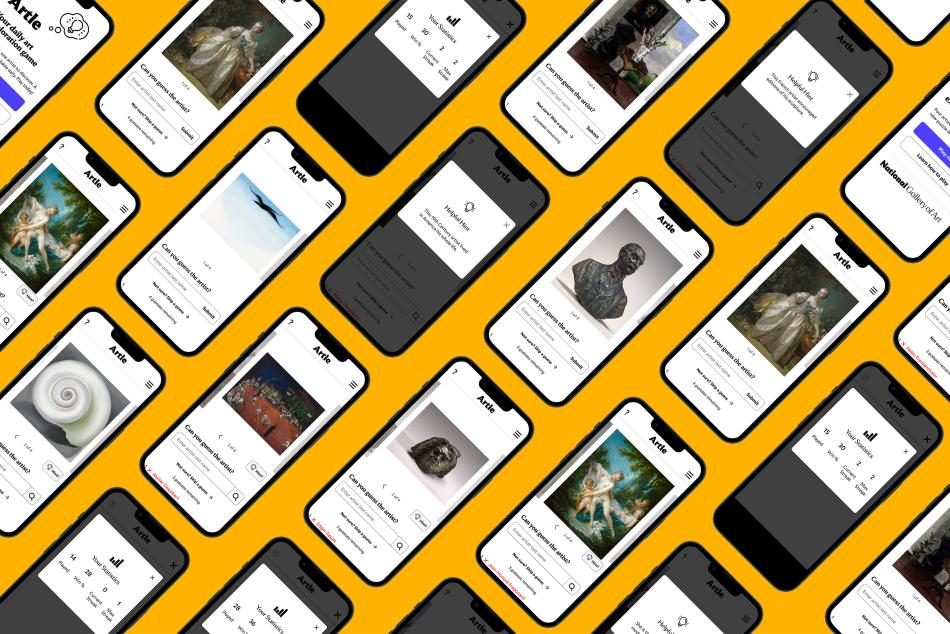Past Exhibition
The Search for Alexander

Details

Overview: 173 works of marble, gold, silver, bronze, ivory, and terracotta of the 4th and 3d centuries B.C. from Greek, European, and American public and private collections included portraits of Philip of Macedon and Alexander the Great. A gold casket, a gold wreath of oak leaves, and armor from the royal tomb at Vergina, thought to be that of Philip, were among the highlights loaned from the Archaeological Museum of Thessaloniki, where the larger original exhibition was first shown. This blockbuster exhibition, in preparation with Greek authorities for many years, included recent finds from Macedonian tombs from the age of Alexander.
Organization: The exhibition was coordinated by the National Gallery with the cooperation of the Greek Ministry of Culture and Sciences, and supported by the National Bank of Greece and Time Inc. for the participants in its United States tour. Gaillard Ravenel and Mark Leithauser designed the exhibition and Gordon Anson designed the lighting for the National Gallery.
Leaflet: The Search for Alexander: Related Works of Later Periods. Washington, DC: National Gallery of Art, 1980.
Attendance: 434,504
Catalog: The Search for Alexander: An Exhibition, by Nicholas Yalouris et al. Boston: New York Graphic Society, 1980.
Brochure: The Search for Alexander. Washington, DC: National Gallery of Art, 1980.
Other Venues:
- Art Institute of Chicago, 05/04/1981–09/07/1981
- Museum of Fine Arts, Boston, 10/23/1981–01/10/1982
- M.H. de Young Memorial Museum, San Francisco, 02/19/1982–05/16/1982
- Toronto (revised version)




